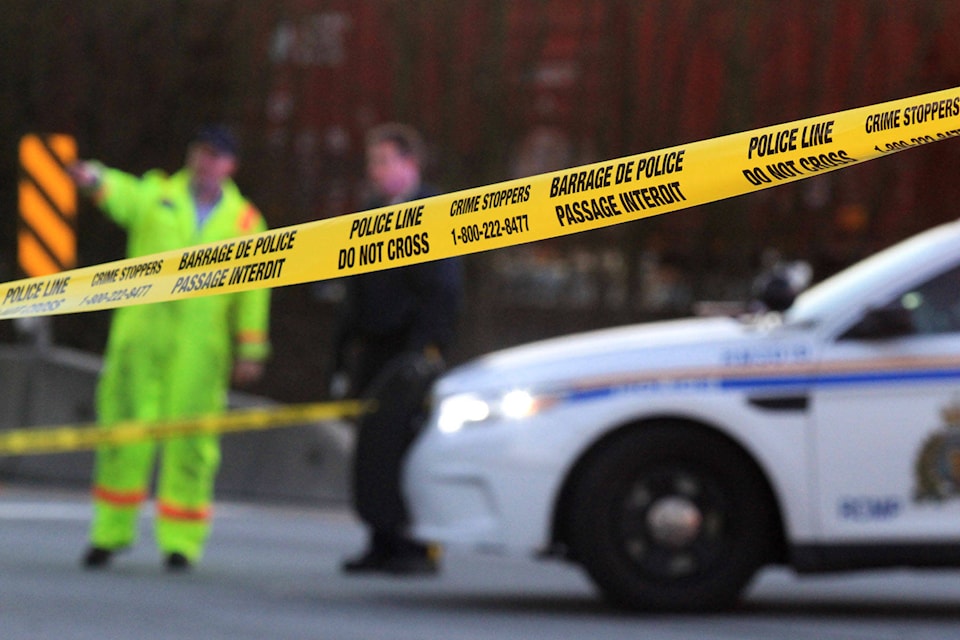Speed and last winter’s extreme conditions contributed to a 10 percent increase in motor-vehicle casualty crashes in B.C. between October and December, according to Police Traffic Accident Systems Data.
This is a 10 per cent increase from 2015, when 570 casualty crashes occurred, as compared to 626 in 2016, according to police-attended crashes.
While last year’s weather was unusual for some parts of the province, on average, each year in British Columbia the number of casualty crashes due to driving too fast for conditions doubles in December compared to October.
Between 2012 and 2016, an average of more than 260 casualty crashes occurred in December compared to approximately 130 in October as reported by police-attended crashes from 2012-2016.
Driving to work is also a hazard as October to December are the most dangerous months. Almost 30 per cent of all work-related crashes resulting in injury and time-loss claims occur during these three months.
In December 2016 alone, WorkSafeBC claims from crashes that resulted in injuries and lost time from work were 38 per cent higher than in December 2015.
“The reality is these crashes are preventable and they’re contributing to the rising number of injury claims in our province which is the single biggest factor putting pressure on B.C. insurance rates,” said Lindsay Olsen, media spokesperson for ICBC.”
Depending on where you drive in the province, winter road conditions vary, from snow and ice in the north and on high mountain passes, to rain and fog commonly found in the Lower Mainland and southern Vancouver Island. Drivers need to prepare for the possibility of changing road and weather conditions, and adapt.
Between October 1 and March 31, most B.C. highways require passenger vehicles to have winter tires and commercial vehicles to carry chains.
